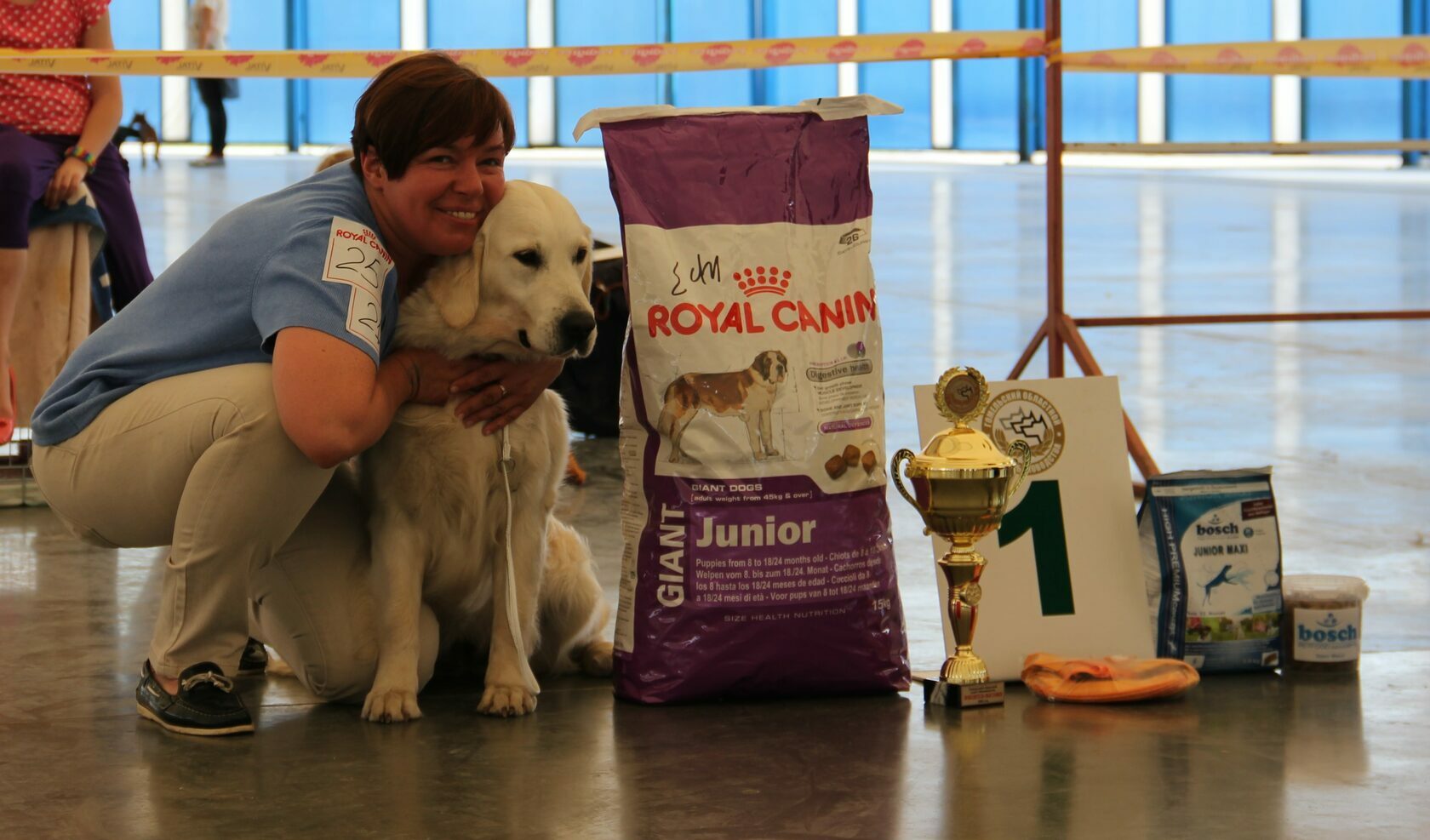2023-01-02 17:29
Natural food
